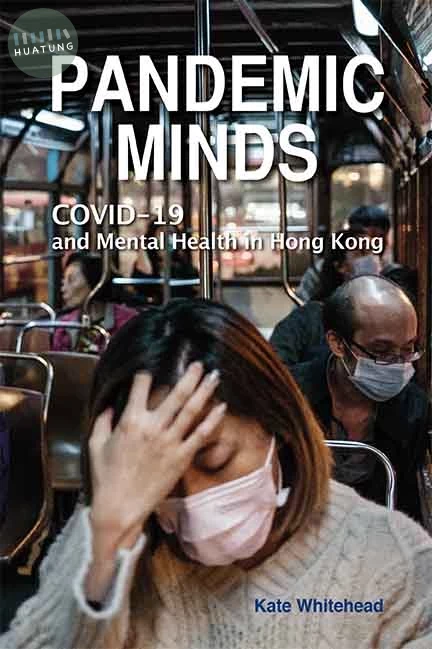詳細資訊
How can we keep up with the deluge of information about COVID-19 and tell which parts are most important and trustworthy? We read: "Scientists recommend", "Experts warn", "A new model predicts". How do scientific experts come up with their recommendations? What do their predictions really mean for us, for our friends, and our families? How can we make rational decisions? And how can we have sensible conversations about the pandemic when we disagree? These are the questions that this book is trying to address. It is written in the form of dialogues. Alice, a student of epidemiology, explains the science to three of her fellow students who have a lot of questions for her. The students have the same concerns that we all share to varying degrees: What the pandemic is doing to our health, our economy, and our cherished freedoms. In their conversations, they discover how the science relates to these questions. The book focuses on epidemiology, the science of how infections spread and how the spread can be mitigated. The science of how many infections can be prevented by certain kinds of actions. This is what we need to understand if we want to act wisely, as individuals and as a society. The author's goal is to help the reader think about the COVID-19 pandemic like an epidemiologist. About the various preventive measures, what they are trying to accomplish, what the obstacles are. About what is likely to be most effective in the long run at moderate economic and personal cost. About the likely consequences of personal decisions. About how to best protect oneself and others while allowing all of us to lead lives that are as close as possible to normal. While some chapters present slightly more advanced material than others, no scientific background is needed to follow the conversations. The technical concepts are explained in small steps and the occasional calculations in the book require only high-school mathematics. Related Link(s) Press Release - Professor Winfried Just creates critical discussions around COVID in new book Sample Chapter(s) Samples from the Dialogues Who may want to read this book? Contents: The COVID-19 Epidemic and Our Response to It What are Scientists Up To? How Dangerous is COVID-19? And What Do the Numbers Really Mean? How Does the Spread of COVID-19 Depend on Our Contacts? Have Travel Restrictions Helped? How Can We Compare Numbers of Infections in Different Countries? Why are Trend Curves Useful and What Do They Show? Does the United States Do Enough Testing? What is the Basic Reproduction Number and What Does It Tell Us? How are Reproduction Numbers Related to Our Contacts? What Does "Flattening the Curve" Do for Us? How Do Social Distancing and Wearing Masks Help? How Can We Make Re-opening Safe? How Dangerous is It to Touch Surfaces? How Do Isolation and Quarantine Help? How Do COVID-19 Tests Work? How to Estimate the Ratio of Actual to Reported Numbers of Infections? Was the Recent Increase in Reported COVID-19 Infections Caused by More Testing? What is Contact Tracing and How Does It Help? How Can We Safely Socialize? How Safe is It to Travel? Case Numbers are Going Up, Deaths are Going Down. What to Make of It? What If Lockdowns Had Been Imposed Earlier? Could We Have Safely Avoided a Lockdown Altogether? What is Logarithmic Scaling? Can We Stop the Pandemic by Achieving Herd Immunity? How Could Vaccinations Help? When were Countries and States Successful in Dealing with COVID-19? What Does the Future Hold? Readership: General public. Anyone who wants to make sense of the snippets of scientific information about COVID-19 that are in the news. The volume could also be used as supplementary reading for a quantitative literacy course at the precalculus level.

 華通書坊
華通書坊













